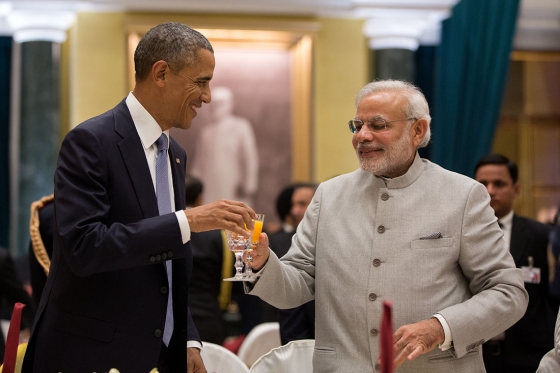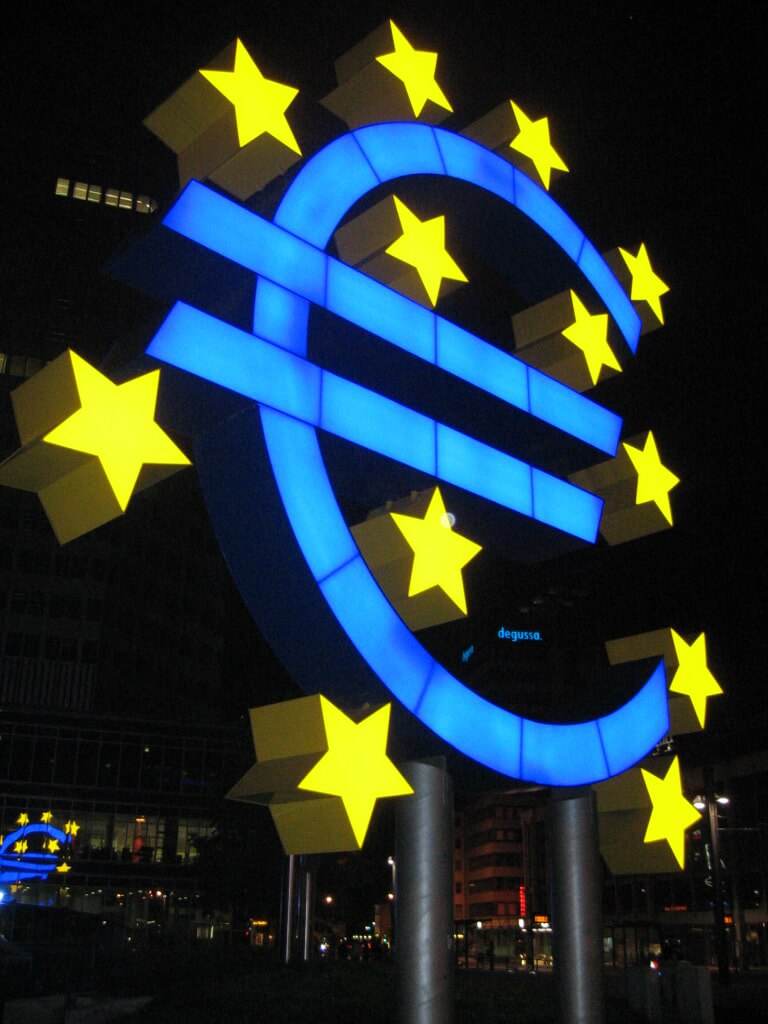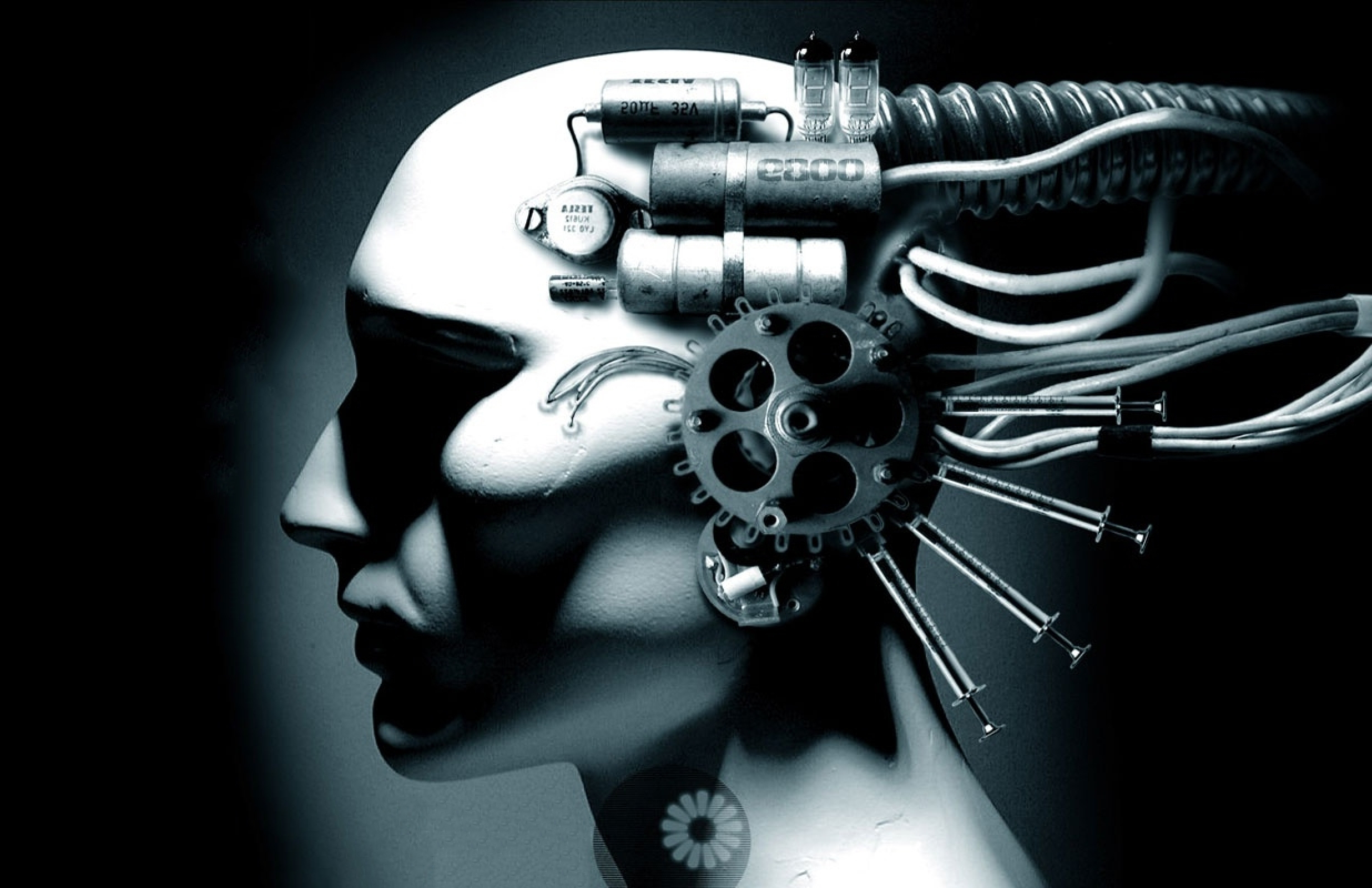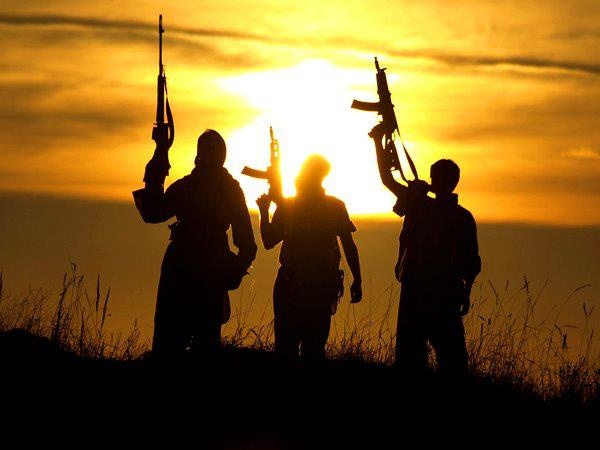Barack Obama is beginning an adventure that could change America’s policy towards South Asia by gaining a new friend in India. Narendra Modi, India’s current Prime Minister invited Obama to be his ‘chief guest’ at this year’s Republic Day festivities in New Delhi. This may appear to be a common gesture, however the chief guest is carefully selected to be a symbol of India’s international direction with former guests ranging from Vladimir Putin to Queen Elisabeth II. The invitation to Obama marks the first time an American President has been invited.
It is not a shock that American presidents have not been previously invited, as India and America do not share the most intimate of relationships. From India’s early days after partition, their first Prime Minister, Jawaharlal Nehru, held doubts about U.S. style capitalism. During the Cold War, Indira Gandhi was an important figure for countries in the non-aligned movement. Tensions rose in December 2013 when an Indian diplomat was arrested in New York for one count of visa fraud and making false statements of how much she was paying a domestic worker.
Mr. Modi’s invitation signifies an important shift in relations. He has overcome past differences of being blacklisted from the United States by the government for his role in the 2002 religious riots in Gujarat where he was the state’s chief. America has moved past this as well as he was invited and welcomed to the White House in September 2014.
The true importance of these two powerful leaders meeting is the opportunity for both nations to work on mutual interests which include: the rise of China, the future of Afghanistan, and international terrorism. The rise of China being the most high profile of these topics is an area where both countries have adopted similar strategies. Washington and New Delhi engage in economic exchange with China, but maintain military strength in order to avoid their interests’ being threatened by China’s increasing capabilities. India has gone further to strengthen its ties with the U.S. by making friends with Asia Pacific U.S. allies, such as Japan, South Korea, and Australia.
Both India and America support the Afghanistan government and its mission to rid the country of the Taliban. Modi did not praise America’s departure from Afghanistan as both leaders desire stability for the state. Finally, the issue of international terrorism is one the U.S. and India have co-operated on, especially since the 2008 Mumbai attacks, by sharing intelligence. Their mutual mistrust of Pakistan and its alarming rate of Islamist extremism could be a potential cornerstone for future defence co-operation.
The speculation of good ‘chemistry’ between Modi and Obama does not indicate agreement on all issues. America would like to increase trade with India, but both sides are in a dispute over admittance to the Indian market for agricultural imports. Climate change is another big issue that has both parties at opposite ends of the table. Modi has not made any commitments to an emissions target, as India heavily relies on coal for energy to meet the demands of its expanding economy.
It is unlikely that great change in the Indo-American relationship will occur from this trip. However, if Obama and Modi are serious about a closer partnership we could see drastic changes in the geo-politics of South Asia in the future. For this to actually happen both nations need to move forward together, by engaging each other on a more regular basis. Obama’s presence at Republic Day is a promising start that holds great potential.





